German ARCE ROSS. Paris, le 7 octobre 2020
Référence bibliographique (toute reproduction partielle, ou citation, doit être accompagnée des mentions suivantes) : ARCE ROSS, German, « La Jouissance éducative n’est pas le père », Nouvelle psychopathologie et psychanalyse. Psychanalyse Video Blog.com, Paris, 2020
La Jouissance éducative n’est pas le père
Deux femmes ensemble avec les enfants de l’une d’elles ne constituent pas deux mères et elles ne sont pas le père.
Une mère célibataire avec enfants n’est pas le père.
L’homme avec un autre qui a des enfants n’est pas le père.
Le nouveau mari d’une mère divorcée avec enfants n’est pas le père.
L’homme d’un couple qui adopte les enfants d’un autre n’est pas le père.
Le frère aîné d’une famille doublement orpheline n’est pas le père.
Le cousin, l’oncle, le grand-père d’un enfant ne sont pas son père.
Le vieil homme en couple avec une très jeune femme n’est pas son père.
Une mère croyant avoir une identité d’homme, avant ou après la naissance de son enfant, n’est pas le père.
Un représentant de l’État, de l’église ou de l’école n’est pas le père.
Toutes ces personnes peuvent représenter, tout au plus, l’exercice et le domaine d’une jouissance éducative. Mais la jouissance éducative n’est pas le père.
Le robot marié avec une femme transhumaniste n’est pas le père.
Les père-versions sexuelles et sociales ne sont pas le père.
Faute d’être le père, aujourd’hui beaucoup aimeraient le devenir en assumant l’impossible identité de père par la seule jouissance que leur procure la tâche éducative des enfants. Mais la jouissance éducative n’est pas le père.
GAR, le 7 octobre 2020
Le Noeud réel du père
Le père dans sa dimension d’être réel est celui qui étant encore, ou n’étant plus, tire sa légitimité d’un avoir été.
Il ne peut s’agir évidemment que d’un homme, pas n’importe lequel mais celui indiqué avec certitude par la mère ou celui qui tire son évidence par la preuve de la genèse. C’est l’homme qui, par la rencontre unique qui précède l’enfant, fonde volontairement ou involontairement le socle pour la loi de la transmission et de la dette symbolique. C’est l’homme qui, dans la narrative même intime ou secrète de la mère, a été à l’origine de l’existence. Le père est alors l’Un des origines mais pas n’importe quel Un. Il s’agit d’Un seul, d’Un on ne peut plus réel. Tant pour la mère que pour le fils ou la fille, le père est ainsi le réel de l’homme entendu en tant qu’être réel de sexe masculin.
Qu’il soit encore là, ou pas, dans ce que l’on appelle la réalité de l’enfant est subsidiaire et aléatoire vis-à-vis d’un autre réel, le réel de l’avoir été. Normalement, il est là pour un très long moment dans la réalité historique de l’enfant et de celui devenu adulte. Mais, dans tous les cas de figure, il est voué à décliner et à disparaître pour laisser une stèle fugace ou tenace dans l’ordre générationnelle. Qu’il le veuille ou non, sa présence originelle laisse, corporellement, fantasmatiquement et symboliquement, une marque indélébile dans la trajectoire subjective des successions.
In fine, c’est l’avoir été qui fonde le socle du réel du père. Nul n’étant père a priori, un homme ne peut se référer lui-même au réel du père et n’obtenir ainsi sa légitimité que de ce noeud gordien des origines. Ce noeud réel crée inévitablement la possibilité d’une descendance et introduit un homme dans la dimension de la paternité. Ceci reste valable tant pour celui qui assume la paternité que pour ses enfants. Un être réel est à la mesure de l’Un des origines ayant peuplé sa réalité subjective sur la base d’un avoir été.
Le noeud réel du père ne peut pas se défaire parce que l’on n’y a plus accès, y compris pour l’homme qui désiste de sa paternité. Et par analogie, si un père ne peut pas non plus être remplacé dans sa dimension réelle c’est parce que l’on ne peut pas revenir à l’avoir été des origines.
Le noeud réel du père indique que l’on ne peut pas refaire la genèse d’un être réel. Le noeud réel du père se présente comme un permanent avoir été.
GAR, le 9 octobre 2020
El Goce Educativo No es el Padre
Dos mujeres juntas con los hijos de una de ellas no constituyen dos madres y no son el padre.
Una madre soltera con hijos no es el padre.
El hombre junto con otro que tiene hijos no es el padre.
El nuevo marido de una madre divorciada con hijos no es el padre.
El hombre de una pareja que adopta niños de un otro no es el padre.
El hermano mayor en una familia doblemente huérfana no es el padre.
El primo, el tío, el abuelo de un niño no son su padre.
El hombre viejo en pareja con una mujer muy joven no es su padre.
Una madre que cree tener la identidad de hombre, antes o después del nacimiento de su hijo, no es el padre.
Un representante del Estado, de la iglesia o de la escuela no es el padre.
Todas estas personas pueden representar, como máximo, el ejercicio y el dominio de un goce educativo. Pero el goce educativo no es el padre.
El robot casado con una mujer transhumanista no es el padre.
Las père-versiones sexuales y sociales no son el padre.
Sin poder ser el padre, hoy en día a muchos les gustaría llegar a serlo asumiendo la imposible identidad de padre por el solo goce que les brinda la tarea educativa con los niños. Pero el goce educativo no es el padre.
GAR, 7 de octubre de 2020
El Nudo real del padre
El padre en su dimensión de ser real es aquel que estando aún presente, o ya no, deriva su legitimidad de un haber sido.
Evidentemente, sólo puede tratarse de un hombre, no de cualquier hombre sino del indicado con certeza por la madre o del que extrae su testimonio de la prueba de la génesis. Es el hombre que, a través del encuentro único que precede al niño, funda voluntaria o involuntariamente la base de la ley de la transmisión y de la deuda simbólica. Es el hombre que, en la narrativa muy íntima o secreta de la madre, estuvo en el origen de la existencia. El padre es entonces el Uno de los orígenes, pero no cualquier Uno. Se trata de Uno solamente, Uno que no puede ser más real. Tanto para la madre como para el hijo o la hija, el padre es, pues, lo real del hombre entendido éste como el ser real del sexo masculino.
Que el padre esté o no en lo que se suele llamar la realidad del niño es subsidiario y aleatorio en relación a un otro real, el real del haber sido. Normalmente, está ahí durante mucho tiempo en la realidad histórica del niño y del adulto. Pero, en todo caso, está condenado a declinar y a desaparecer para dejar una estela fugaz o tenaz en el orden generacional. Le guste a él o no, su presencia original deja, corporalmente, fantasmáticamente y simbólicamente, una marca indeleble en la trayectoria subjetiva de las sucesiones.
In fine, es el haber sido lo que funda la base de lo real del padre. Nadie pudiendo ser padre a priori, un hombre sólo puede referirse a lo real del padre y obtener así su legitimidad gracias a este nudo gordiano de los orígenes. Este nudo real crea inevitablemente la posibilidad de una descendencia e introduce el hombre a la dimensión de la paternidad. Esto sigue siendo válido tanto para aquel que asume la paternidad como para sus hijos. Un ser real existe en la medida en que el Uno de los orígenes ha poblado su realidad subjetiva sobre la base de un haber sido.
El nudo real del padre no se puede desatar porque ya no es accesible, incluso para el hombre que se retira de su paternidad. Y por analogía, si un padre tampoco puede ser reemplazado en su dimensión real es porque no se puede volver al haber sido de los orígenes.
El nudo real del padre indica que no se puede volver a hacer la génesis de un ser real. El nudo real del padre se presenta como un permanente haber sido.
GAR, 9 de octobre de 2020
Educational Jouissance is Not the Father
Two women in couple with the children of one of them do not constitute two mothers and they are not the father.
A single mother with children is not the father.
The man together with another man who has children is not the father.
The new husband of a divorced mother with children is not the father.
The man of a couple who adopts children from another is not the father.
The older brother of a doubly orphaned family is not the father.
The cousin, the uncle, the grandfather of a child are not his father.
The old man in a relationship with a very young woman is not his father.
A mother believing to have the identity of a man, before or after the birth of her child, is not the father.
A representative of the State, the church, or the school is not the father.
All these people can represent, at most, the exercise and mastery of an educational jouissance. But educational jouissance is not of the father.
The robot married to a transhumanist woman is not the father.
Sexual and social père-versions are not the father.
Without being the father, today many would like to become one by assuming the impossible identity of a father by the sole jouissance that the educational task of children gives them. But educational jouissance is not of the father.
GAR, Octobre 7th, 2020
The Real Father’s Knot
The father in his dimension of being real is the one who still being, or no longer being, derives his legitimacy from a having been.
Obviously, it can only be a man, not just any man but the one indicated with certainty by the mother or the one who draws his evidence from the proof of genesis. He is the man who, through the unique encounter which precedes the child, voluntarily or involuntarily founds the basis for the law of transmission and symbolic debt. It is the man who, even in the mother’s very intimate or secret narrative, was at the origin of existence. The father is then the One of origins, but not just any One. He is One, One that could not be more real. As much for the mother as for the son or the daughter, the father is thus the real of the man understood as the real being of the male sex.
Whether or not he is still there in what is called the reality of the child is subsidiary and uncertain vis-à-vis another real, the real of having been. Normally he is there for a very long time in the historical reality of the child and the adult. But, in all cases, it is doomed to decline and disappear to leave a fleeting or tenacious stele in the generational order. Whether he likes it or not, his original presence leaves, bodily, fantasmatically and symbolically, an indelible mark in the subjective trajectory of successions.
In fine, it is the having that forms the pedestal of the father’s real. No one being a father a priori, a man cannot refer to himself to the real of the father and thus obtain his legitimacy only from this Gordian knot of origins. This real knot inevitably creates the possibility of offspring and introduces a man into the dimension of fatherhood. This remains valid both for the person who assumes paternity and for his children. A real being is commensurate with the One of the origins having populated his subjective reality on the basis of a having been.
The father’s real knot cannot be untied because it is no longer accessible, including for the man who withdraws his paternity. And by analogy, if a father cannot be replaced in his real dimension either, it is because one cannot go back to having been from the origins.
The real knot of the father indicates that one cannot redo the genesis of a real being. The real knot of the father presents itself as a permanent having been.
GAR, October 9th, 2020
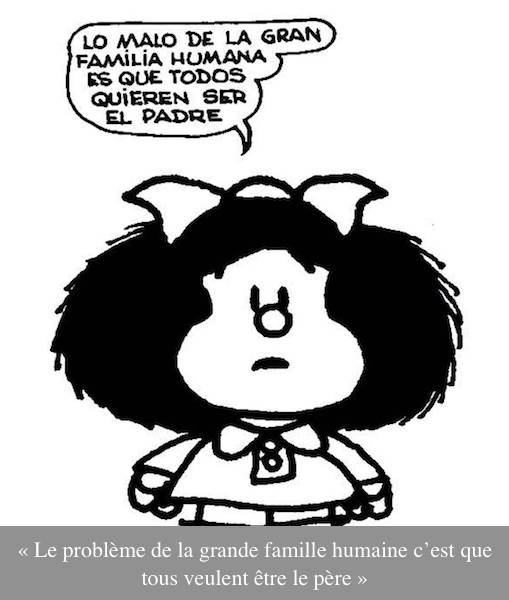




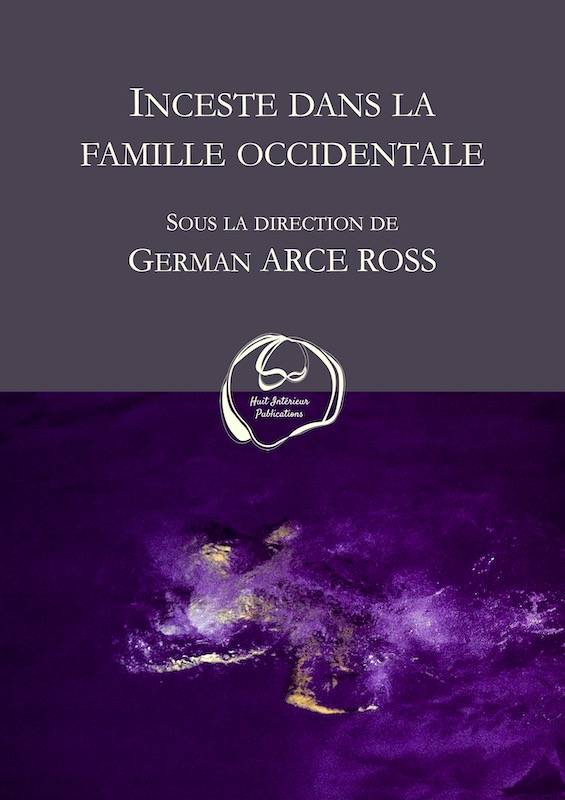
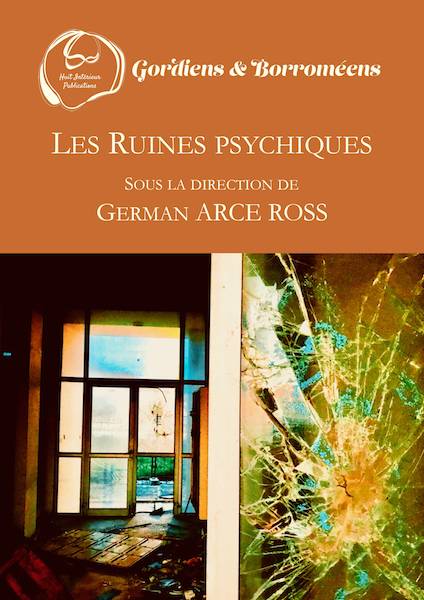
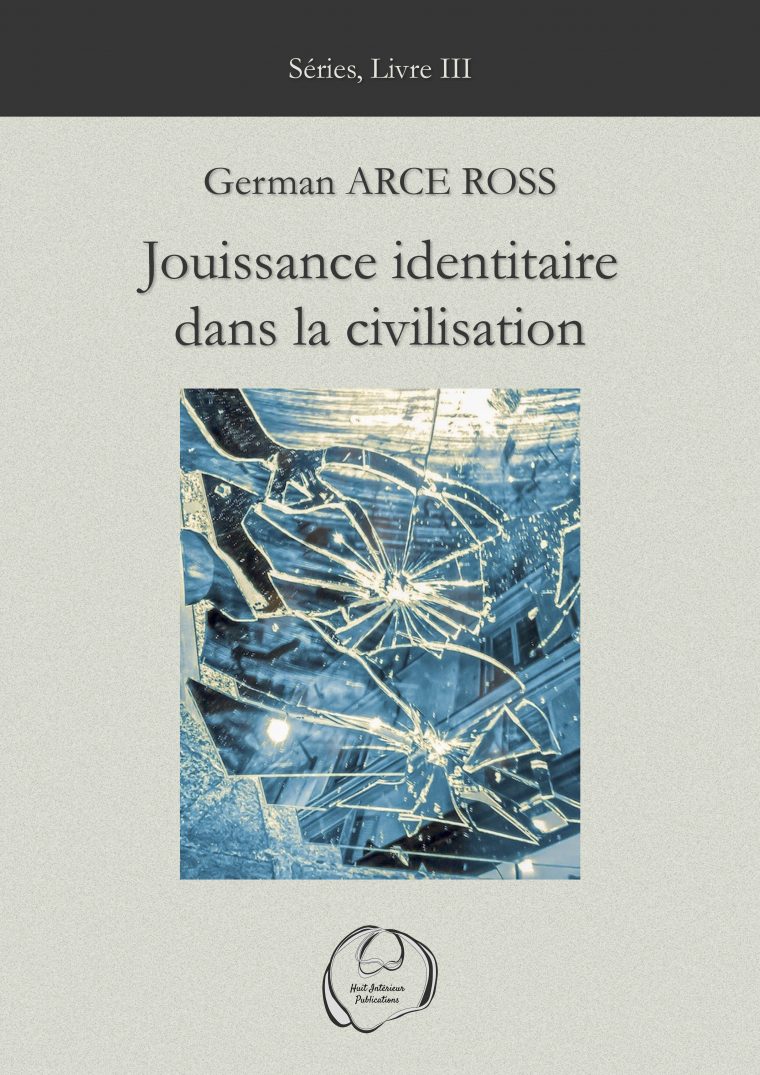
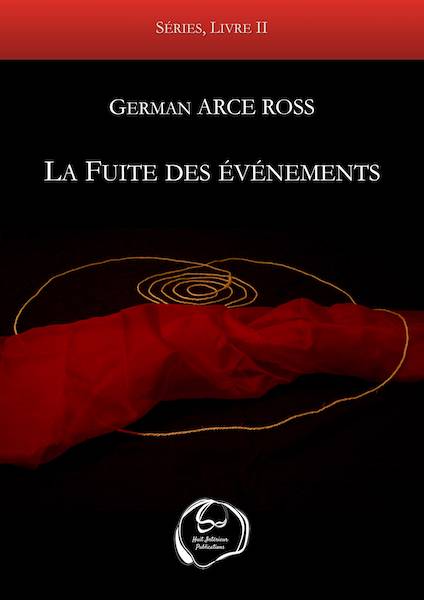
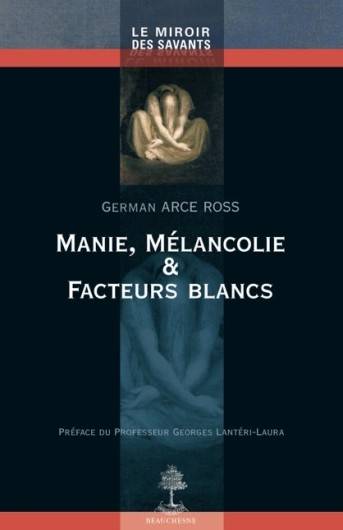
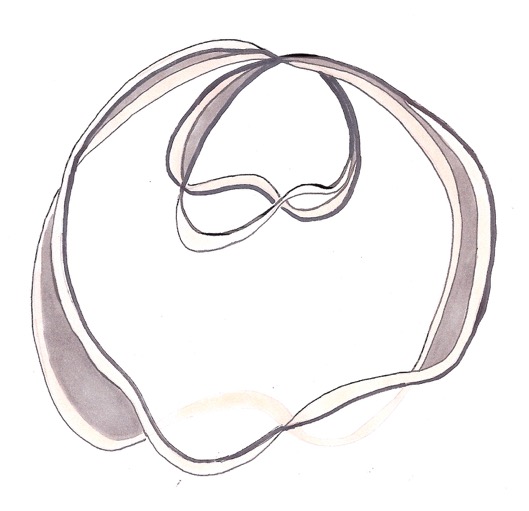
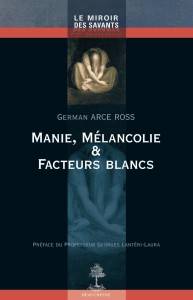
Laisser un commentaire
Vous devez vous connecter pour publier un commentaire.